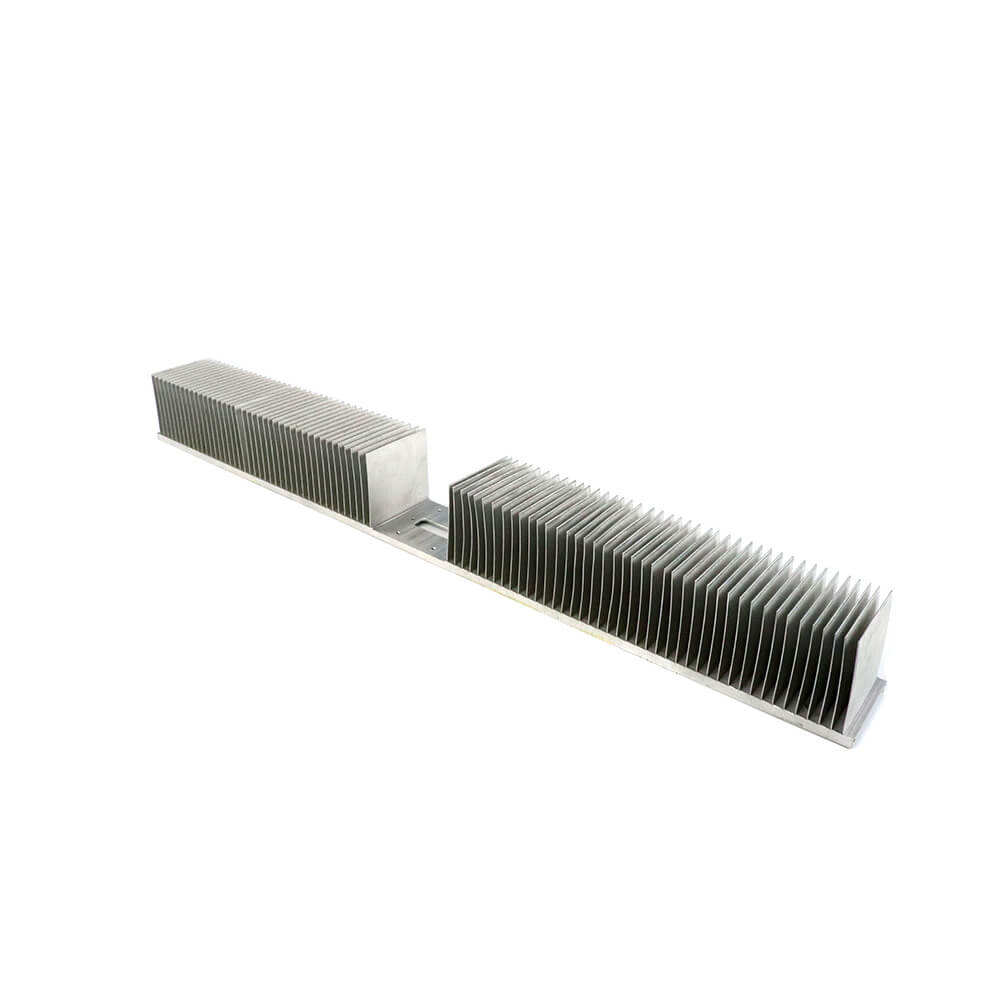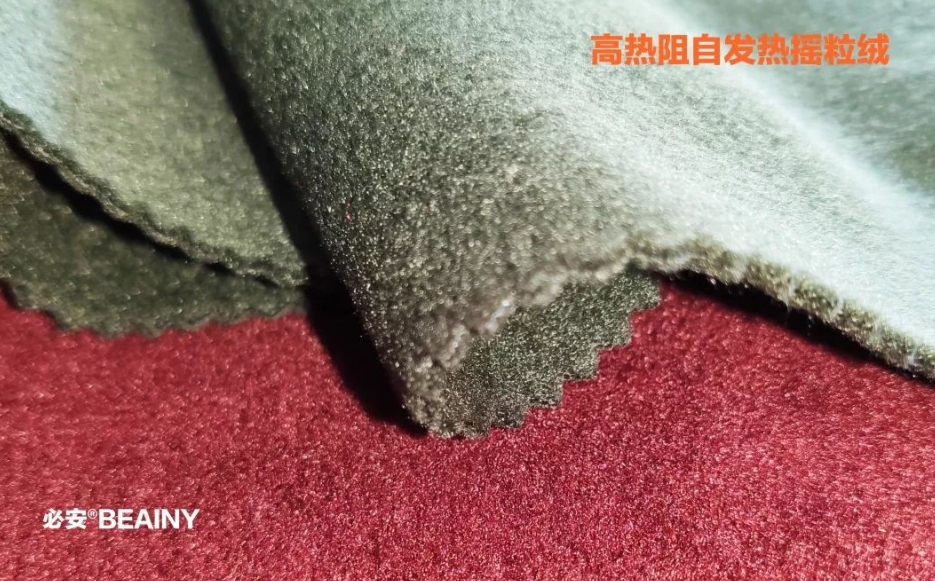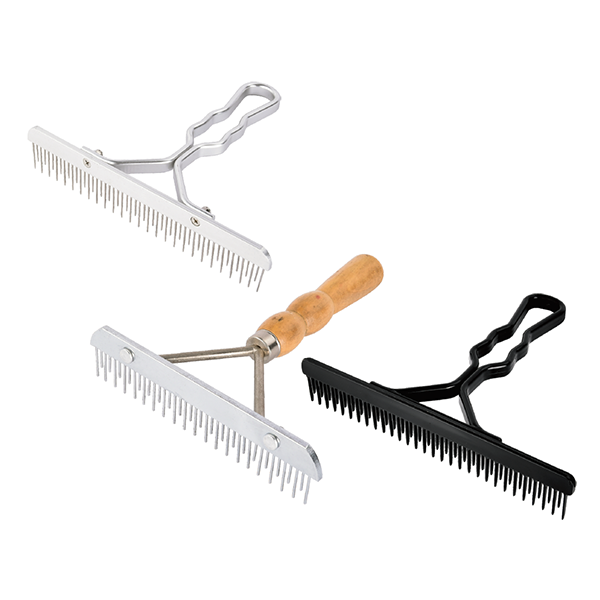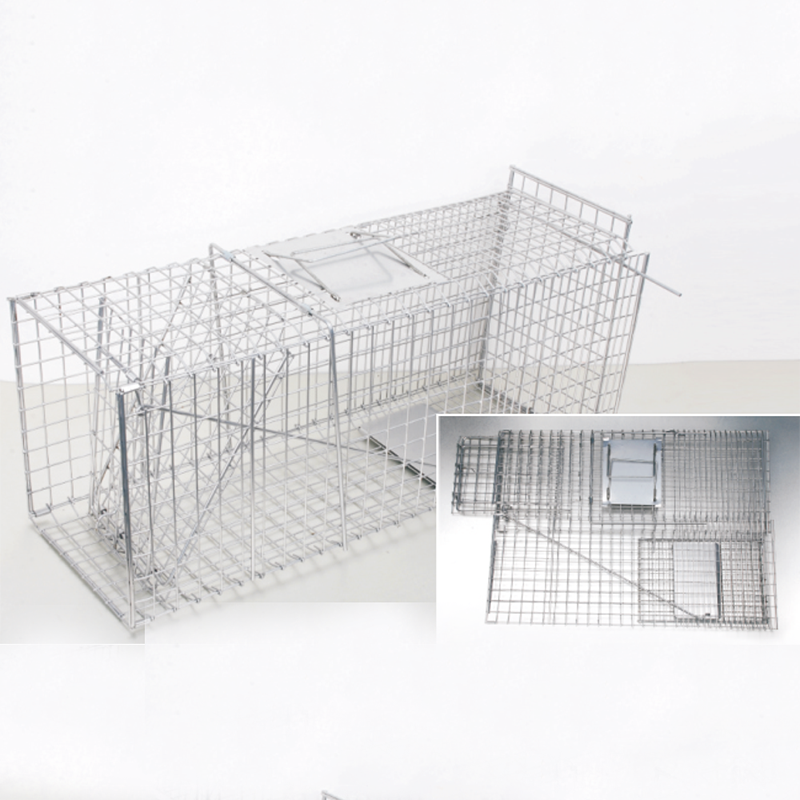With the development of information technology, cloud computing and big data are gradually entering people's lives. As a node of the network, the server stores and processes 80% of the data and information on the network. It is similar to a general-purpose computer chassis, including processors, hard disks, memory, and system buses.

The need for multiple media streaming, cloud storage, data mining, analytics, and machine learning applications is driving the need for high-performance computing solutions, increasing the number of CPUs and GPUs in servers to increase processor speed. Due to the limited size of the server, many high-power electronic components run in it for a long time and under high load. Whether the heat generated by the electronic components can be transferred to the outside in a timely manner directly affects the stability of the server operation. The heat dissipation effect of the radiator made of polymer materials should be better.
Commonly used materials for LED radiators include metal materials, inorganic non-metallic materials and polymer materials. Among them, polymer materials include plastics, rubber, chemical fibers, etc. The thermal conductive materials include metals and some inorganic non-metallic materials.
Aluminum is the main metal heat-conducting material for LED heat sinks, and there are not many copper and iron materials. Because among the common metals, the thermal conductivity of aluminum and copper is relatively high, but comparing the two, the price of copper is higher than that of aluminum, and the proportion of copper is large, and the processability is not as good as that of aluminum, while the aluminum radiator is completely Can meet the requirements of LED heat dissipation.
Inorganic non-metallic materials with good thermal conductivity, which are in powder form before processing, need special processing to make them into ceramic-like radiators. Inorganic non-metallic materials have high thermal conductivity and are very insulating, but their prices are high, such as diamond , boron nitride, etc., and some have high thermal conductivity but are not insulated, such as graphite, carbon fiber, etc.; and it is very difficult to process inorganic non-metallic powder into ceramic radiators with complex shapes, so ceramic LED radiators exist Great limitations.

The thermal conductivity of polymer materials is very low. If metal powder or non-metallic powder with good thermal conductivity is added to make thermally conductive plastic or rubber, although its thermal conductivity will be greatly improved, its rigidity is poor, so it is not suitable as heat sink material.

 English
English Español
Español Português
Português русский
русский français
français 日本語
日本語 Deutsch
Deutsch Tiếng Việt
Tiếng Việt Italiano
Italiano Nederlands
Nederlands ไทย
ไทย Polski
Polski 한국어
한국어 Svenska
Svenska magyar
magyar Malay
Malay বাংলা
বাংলা Dansk
Dansk Suomi
Suomi हिन्दी
हिन्दी Pilipino
Pilipino Türk
Türk Gaeilge
Gaeilge عربى
عربى Indonesia
Indonesia norsk
norsk اردو
اردو čeština
čeština Ελληνικά
Ελληνικά Українська
Українська Javanese
Javanese فارسی
فارسی தமிழ்
தமிழ் తెలుగు
తెలుగు नेपाली
नेपाली Burmese
Burmese български
български ລາວ
ລາວ Latine
Latine Қазақ
Қазақ Euskal
Euskal Azərbaycan
Azərbaycan slovenský
slovenský Македонски
Македонски Lietuvos
Lietuvos Eesti Keel
Eesti Keel Română
Română Slovenski
Slovenski मराठी
मराठी Српски
Српски 简体中文
简体中文 Esperanto
Esperanto Afrikaans
Afrikaans Català
Català עִברִית
עִברִית Cymraeg
Cymraeg Galego
Galego 繁体中文
繁体中文 Latvietis
Latvietis icelandic
icelandic יידיש
יידיש Беларус
Беларус Hrvatski
Hrvatski Kreyòl ayisyen
Kreyòl ayisyen Shqiptar
Shqiptar Malti
Malti lugha ya Kiswahili
lugha ya Kiswahili አማርኛ
አማርኛ Bosanski
Bosanski Frysk
Frysk ជនជាតិខ្មែរ
ជនជាតិខ្មែរ ქართული
ქართული ગુજરાતી
ગુજરાતી Hausa
Hausa Кыргыз тили
Кыргыз тили ಕನ್ನಡ
ಕನ್ನಡ Corsa
Corsa Kurdî
Kurdî മലയാളം
മലയാളം Maori
Maori Монгол хэл
Монгол хэл Hmong
Hmong IsiXhosa
IsiXhosa Zulu
Zulu Punjabi
Punjabi پښتو
پښتو Chichewa
Chichewa Samoa
Samoa Sesotho
Sesotho සිංහල
සිංහල Gàidhlig
Gàidhlig Cebuano
Cebuano Somali
Somali Точик
Точик O'zbek
O'zbek Hawaiian
Hawaiian سنڌي
سنڌي Shinra
Shinra հայերեն
հայերեն Igbo
Igbo Sundanese
Sundanese Lëtzebuergesch
Lëtzebuergesch Malagasy
Malagasy Yoruba
Yoruba









